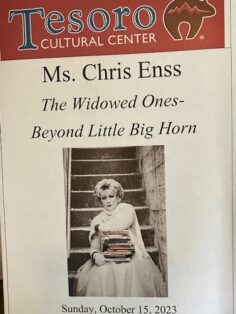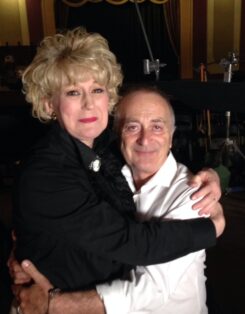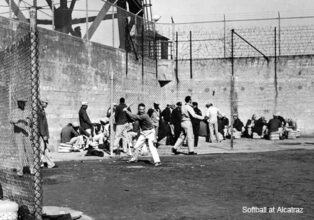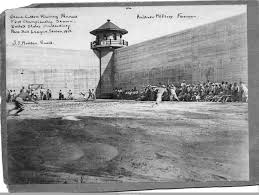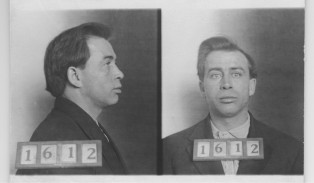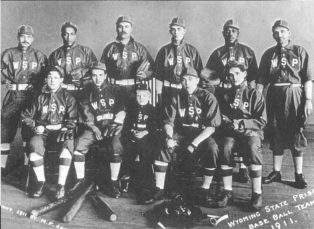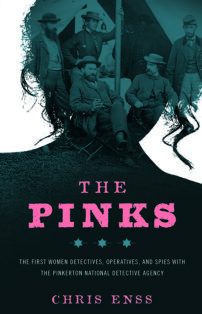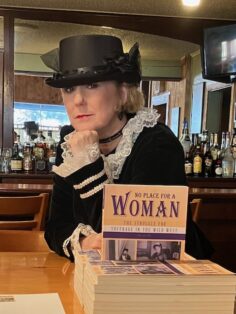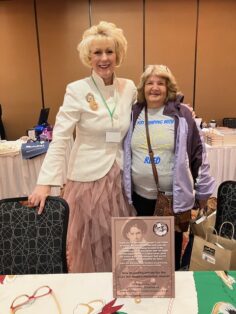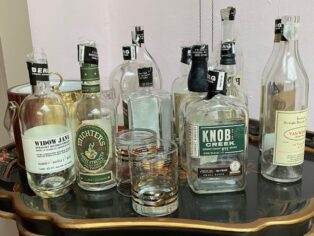Enter now to win a copy of
The Death Row All Stars: A Story of Baseball, Corruption, and Murder
No thrill equals that which comes when a home player sends the ball ringing off his bat safely to the outfield. As the number of bases gained by such a hit increases, so does the excitement mount. When one of those drives wins a game, its maker is a hero.
The American West of the early 1900s was the scene of great change. The trans-continental railroad cut a swath through the country, pulling the population away from the East, bringing progress to and signs of the coming industrial age. Boomtowns were turning into cities; the ways of the west were disappearing and giving way to the inevitable intrusion of change. But as life became more sophisticated and industrial, a simple and pure game captured the attention of a nation.
It would become a national pastime, but in Wyoming in 1910 baseball was an obsession. Every town, every camp had leagues or teams of their own. Every team had stars that could easily play alongside Honus Wagner or Ty Cobb. But there were no baseball stars as unique as the Wyoming State Penitentiary Death Row All Stars of Rawlins, Wyoming. And the star of the All Stars, Joseph Seng.
From the moment he arrived at the penitentiary, Seng was known more for his baseball prowess than his murder conviction. Within moments of his incarceration, prison officials got around to the task of creating a team and building a place to play.
The concept of prison reform and prisoner welfare was nonexistent in 1910. Time on the field was a precious escape from day-to-day life that could be both extremely hellish and (for some) lavishly privileged. Corruption and graft ran rampant. Prisoners were forced to work for little or no wages in the prison broom factory, denied basic necessities, fed rancid food, and forced to work road crews. Others were allowed to openly wander the streets of Rawlins, hunt rabbits outside the prison walls, and reap the monetary windfall of betting on the All Stars.
For the players, baseball was their life, their saving grace. Inside their cell, they were rapists, robbers, burglars, and thieves. But on the playing field, they were fast, hard, and possessed an inside fast ball no one could hit. Primarily off the strength of Seng’s arm (and his bat), the Death Row All Stars quickly became the talk of barrooms, brothels, and even political circles. Fortunes were being made by wagering in exchange for promises of time taken off their sentences and, for Seng, the possibility of a death penalty commutation.
To learn more about Joseph Seng and his teammates read
The Death Row All Stars: A Story of Baseball, Corruption, and Murder.
